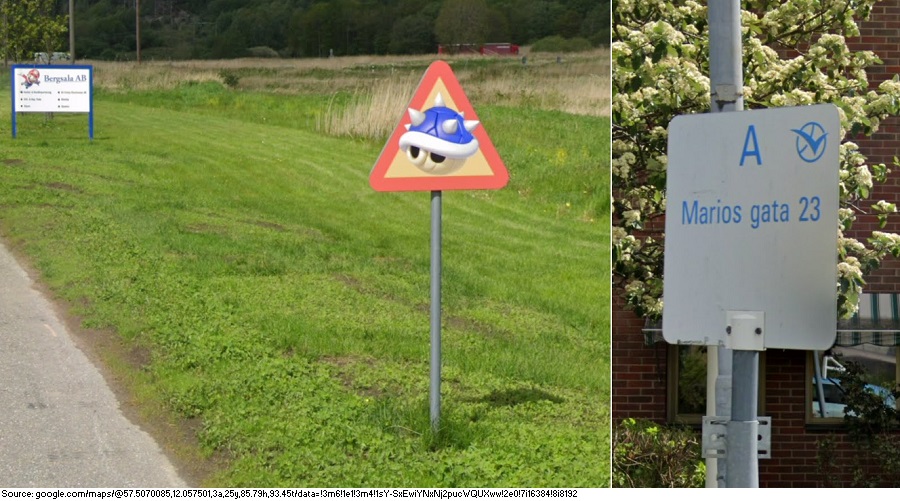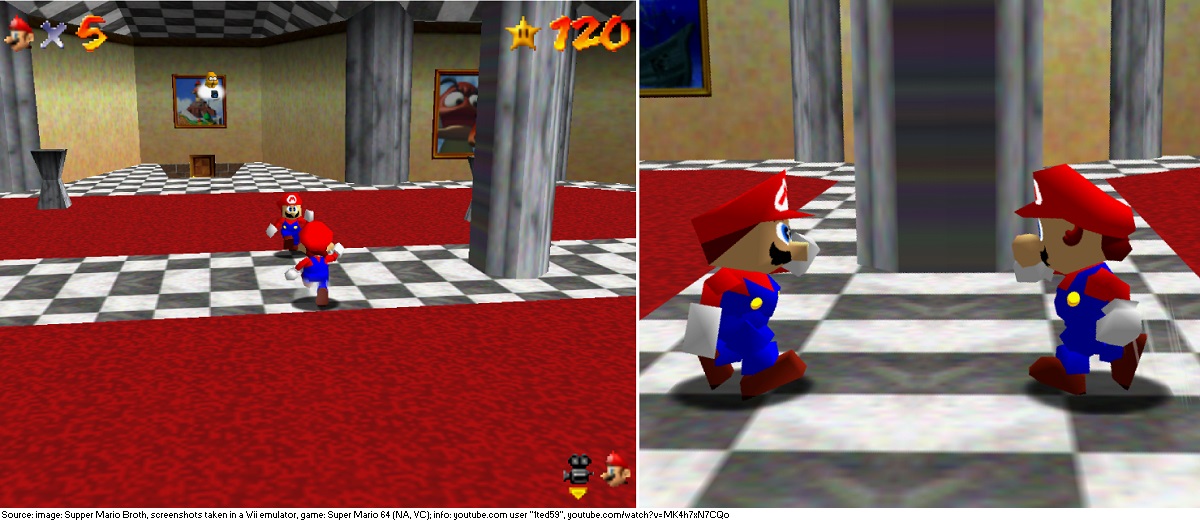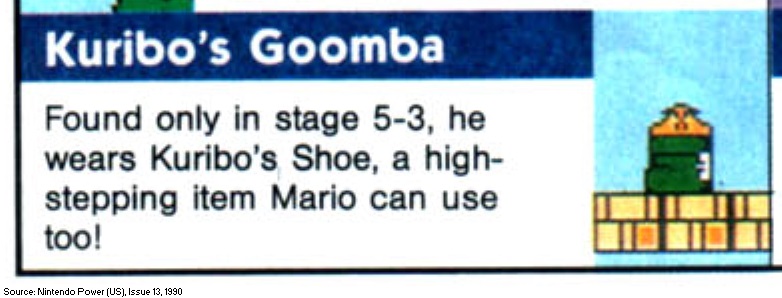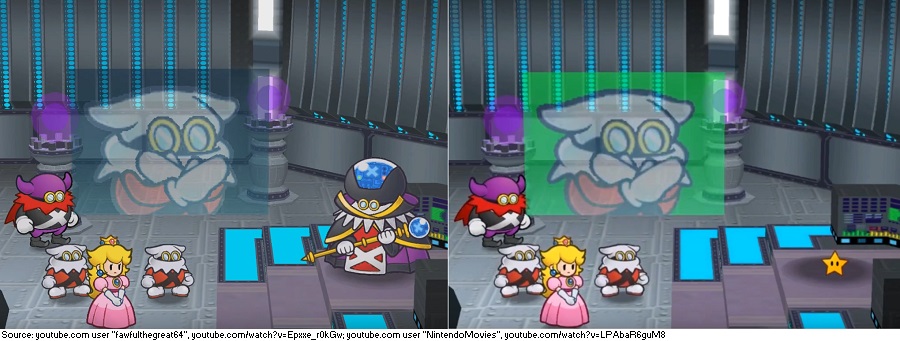1426
1427
1428
1429
1430
1431
1432
1433
1434
1435
1436
1437
1438
Neither Super Mario Odyssey nor any of the available guides for it contain a map of the Deep Woods area in the Wooded Kingdom. I have created the world's first comprehensive map of the Deep Woods. More on the process at the Supper Mario Broth Patreon: patreon.com/posts/41149874
1439
1440
1441
1442
1443
1444
1445
1446
1447
1448
1449
1450
























